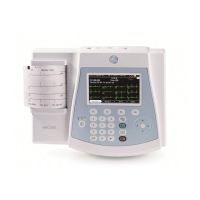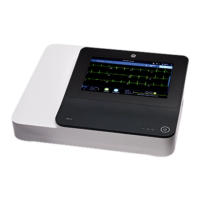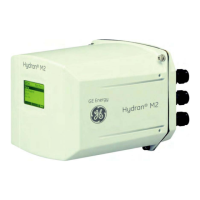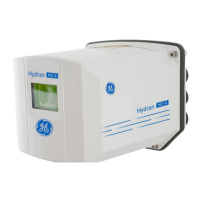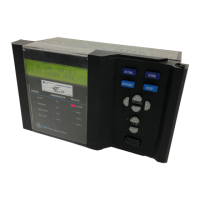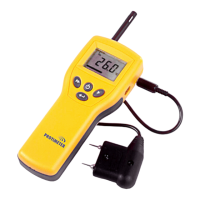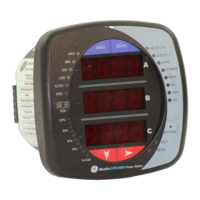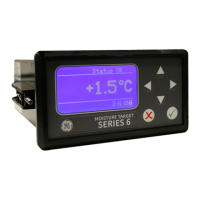1. Getting Started
Page 14 DMS 2 Operating Manual
Now that you’ve completed this quick-start procedure, you
should be able to take and record measurement data into a
data file. Obviously, there are many other important features
that are described in-depth throughout this manual. Be sure
to read all of Chapters 1 and 2 to better understand the full
scope of the DMS 2’s capabilities.
1.3 How the DMS 2 Measures Thickness
The DMS 2 is a hand-held thickness gauge and data re-
corder. With this instrument, you can measure the wall
thickness on a wide range of components, including tubes,
pipes, pressure vessels, and other equipment subject to
thickness loss.
An ultrasonic (sound) pulse is transmitted by a
probe
into
the material being tested. The probe is a
transducer
that
converts an electrical signal from the DMS 2 into a sound
pulse.
Couplant must be used
between the probe and the
material being tested. Ultrasound will not transmit through
air. Couplant allows sound to pass from the probe into the
material being tested. The pulse travels through the material
being tested until it encounters a change in the material type
(such as air or liquid). This occurs at the surface of the
material being tested that’s farthest from the probe. (This
surface is commonly called the
backwall
.) When the signal
reaches the backwall, the pulse reflects or “echoes” back to
the probe. This returning echo is called the
backwall echo
.
The sound-transmitting probe can have either one or two
elements. The
elements
are responsible for sending and/or
receiving sound pulses. Dual-element probes are best for
measuring the remaining material thickness in corroded and/or
eroded objects that have curved or otherwise irregular top and
backwall surfaces. Figure 1-8 shows an A-scan display from a
dual-element probe in use.
The instrument measures the time needed for the sound pulse
to travel through the material and return as a backwall echo.
The DMS 2 uses this measured time, together with the velocity
of sound in the material being tested to determine the thickness
of the material being tested. (This sound velocity is obtained
from the calibration process.)
The Dual Measurement Mode
The dual measurement mode is called “dual” because it
requires the use of a
dual-element
probe. In the dual measure-
ment mode, a sound pulse is transmitted from one of the
probe’s elements into the material being tested. As you just
read, the pulse reflects off the backwall of the material being
tested and returns to the receive element. The time between
the sending and receiving of the sound pulse, together with the
speed of sound in the material being tested, is used to deter-
mine the material’s thickness. The operation of a dual-element
probe is shown in Figure 1-9.

